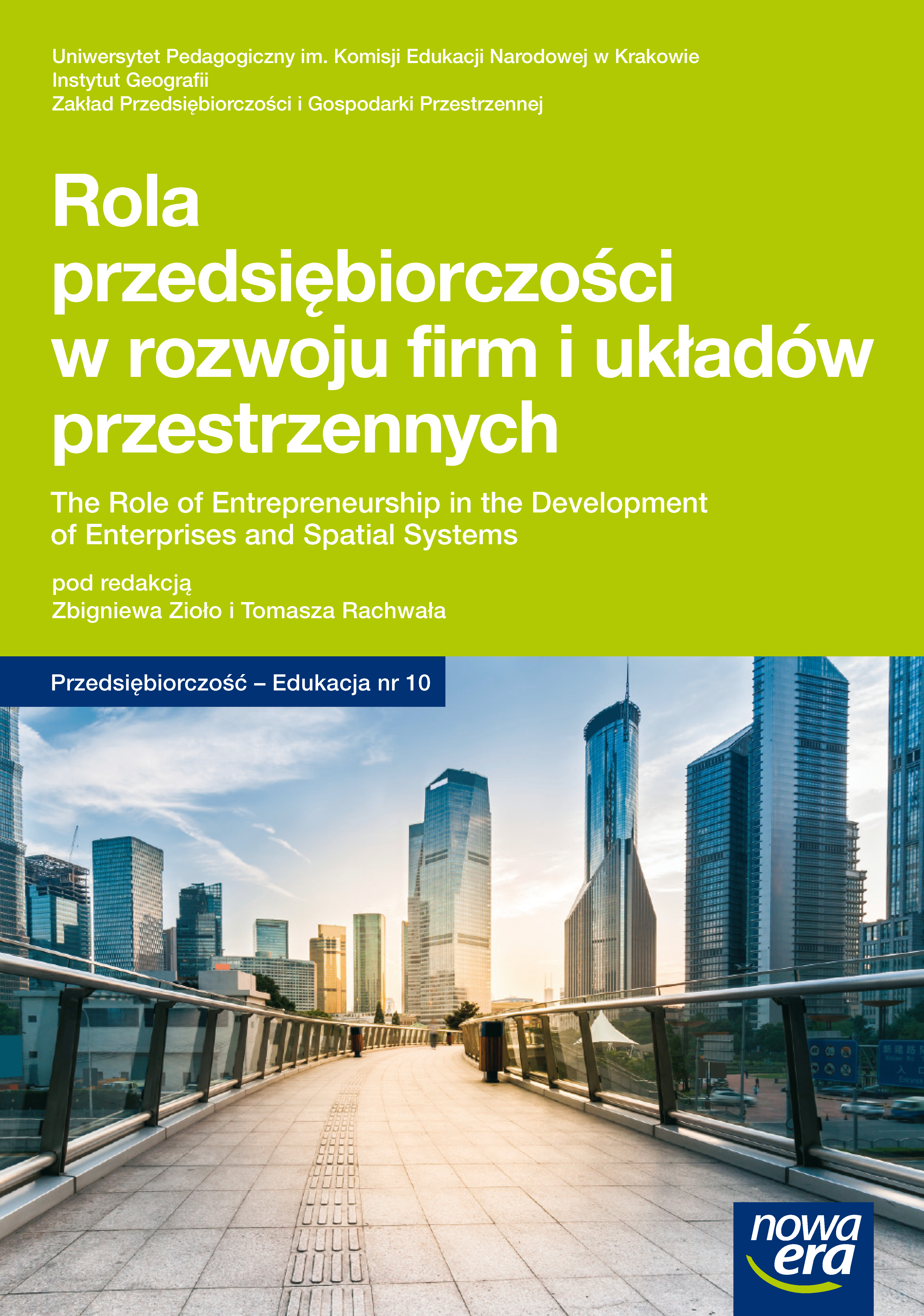Characteristics of deficit and surplus sectors of the labour market in the Silesian province
DOI:
https://doi.org/10.24917/20833296.10.18Keywords:
deficit sector, entrepreneurship, labour market, Silesian voivodship, surplus sectorAbstract
The study examines the deficit and surplus sectors in the labour market in the Silesian province. The primary objective of this study was to characterize the current situation of the elementary occupational groups with respect to their scarcity or surpluses. The evaluation was conducted based on the sector of elementary groups established in the current classification of occupations in the labour market needs. The study adopted a dynamic approach to the problem by analysing the intensity of deficit (surplus) and the balance of the unemployed movement for elementary groups in several consecutive half-year periods. A sectorial analysis showed that the majority of elementary groups was character-ized by excess intensity index values, and mostly positive balances of the unemployed movement throughout the researched period. The results indicate the existence of a vast superiority of surplus sectors. The group of medical specialists is emphasized as an important deficit sector. The largest deficit sectors occur within the large group of industrial workers and craftsmen. The surpluses in most of the analysed elementary groups and unfavourable labour market trends allowed for the indication of a large number of particularly surplus sectors. The institutions responsible for the improvement of the labour market should increasingly focus on retraining workers in these sectors and creating conditions for the development of young people’s entrepreneurship.
References
Borowiec, M. (2011). Rola edukacji w procesach globalizacji. Przedsiębiorczość – Edukacja, 7, 296-307.
Borowiec, M., Rachwał, T. (2011). Kształtowanie postaw przedsiębiorczych na lekcjach geografii wyzwaniem edukacyjnym w procesach globalizacji. Przedsiębiorczość – Edukacja, 7, 321-332.
Brezdeń, P., Górecka, S., Tomczak, P. (2012). Edukacja i rynek pracy Dolnego Śląska na tle uwarunkowań demograficznych. Wrocław: Instytut Geografii i Rozwoju Regionalnego Uniwersytetu Wrocławskiego.
Długosz, Z., Biały, S. (2011). Studia w zakresie turystyki na tle szkolnictwa wyższego w kraju. Przedsiębiorczość – Edukacja, 7, 347-360.
Kabaj, M. (1996). Monitoring zawodów deficytowych i nadwyżkowych (MZDiN) oraz Trójstronne Umowy Szkoleniowe (TUS). Warszawa: Instytut Pracy i Spraw Socjalnych.
Kabaj, M. (2004). Strategie i programy przeciwdziałania bezrobociu w Unii Europejskiej i w Polsce. Warszawa: Wydawnictwo Naukowe Scholar.
Kiecka-Niechajowicz, T. (red.). (2012). Ranking zawodów deficytowych i nadwyżkowych w województwie śląskim w 2011 roku. Katowice: Wojewódzki Urząd Pracy.
Klasyfikacja zawodów i specjalności na potrzeby rynku pracy. (2010). Warszawa: Ministerstwo Pracy i Polityki Społecznej.
Kotlorz, D. (red.). (2006). Śląski rynek pracy w procesie transformacji polskiej gospodarki. Katowice: Górnośląska Wyższa Szkoła Handlowa.
Marszowski, R. (2004). Analiza rynku pracy. W: A.S. Barczak, K. Tausz (red.), Śląski rynek pracy. Analiza wielowymiarowa. Katowice – Warszawa: Wydawnictwo GIG, PWE, 135-146.
Muster, R. (2007). Wykorzystanie metodologii wyodrębniania zawodów deficytowych i nadwyżkowych w działalności publicznych służb zatrudnienia. Humanizacja Pracy, 237-238 (3-4), 111-124.
Muster, R. (2008). Diagnoza kierunków rozwoju rynku pracy w Rudzie Śląskiej. Ruda Śląska: Powiatowy Urząd Pracy.
Muster, R. (2009). Rynek pracy województwa śląskiego – stan obecny oraz trendy zmian. Studia Socjologiczne, 195 (4), 191-211.
Muster, R. (2011). Procesy zachodzące na rynku pracy województwa śląskiego w okresie transformacji w perspektywie socjologicznej. W: U. Swadźba (red.), 20 lat transformacji w aspekcie regionalnym. Śląsk. Refleksje socjologów. Katowice: Wydawnictwo Uniwersytetu Śląskiego, 51-88.
Sitek, S., Runge, J., Kłosowski, F., Runge, A., Petryszyn, J., Pytel, S., Spórna, T., Kurpanik, M., Zuzańska-Żyśko, E. (2013). Społeczno-gospodarcze i przestrzenne kierunki zmian regionalnego oraz lokalnych rynków pracy województwa śląskiego. Sosnowiec: Wydział Nauk o Ziemi Uniwersytetu Śląskiego.
Zioło, Z. (2012). Miejsce przedsiębiorczości w edukacji. Przedsiębiorczość – Edukacja, 8, 10-23.
Downloads
Published
How to Cite
Issue
Section
License
Articles are published under the terms of the Creative Commons License (CC BY-ND 4.0; Attribution– NoDerivs).

